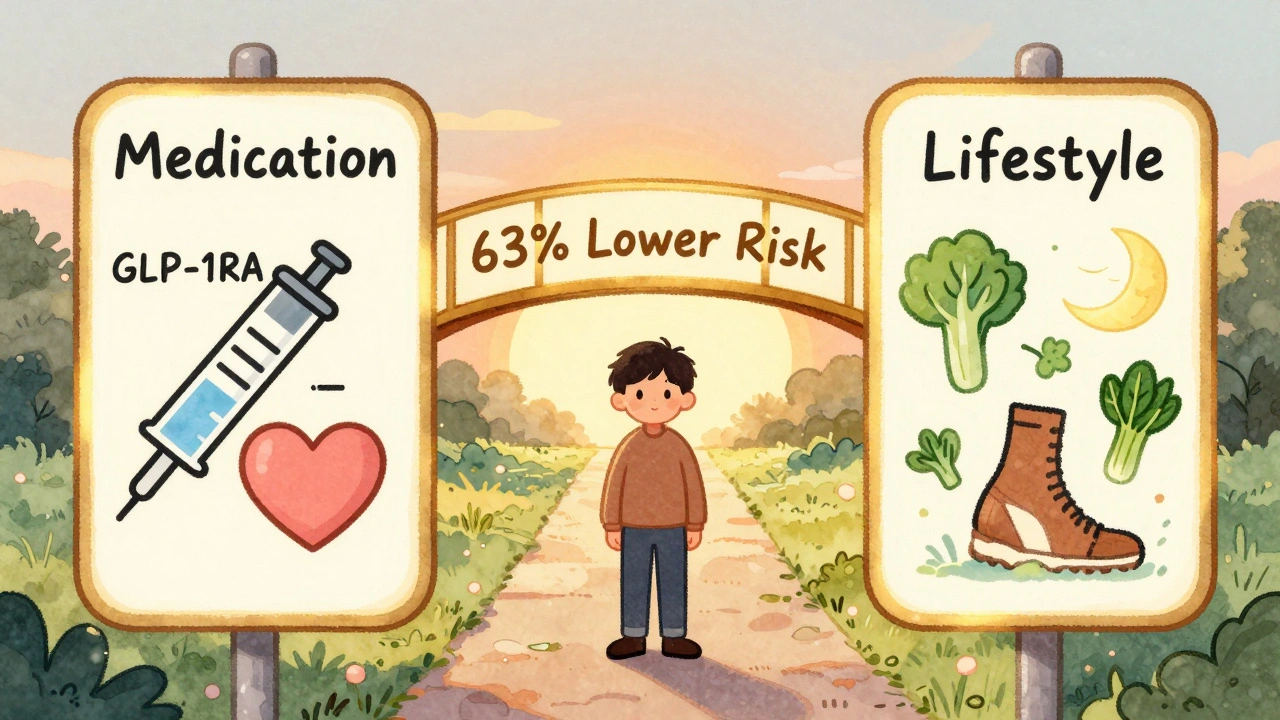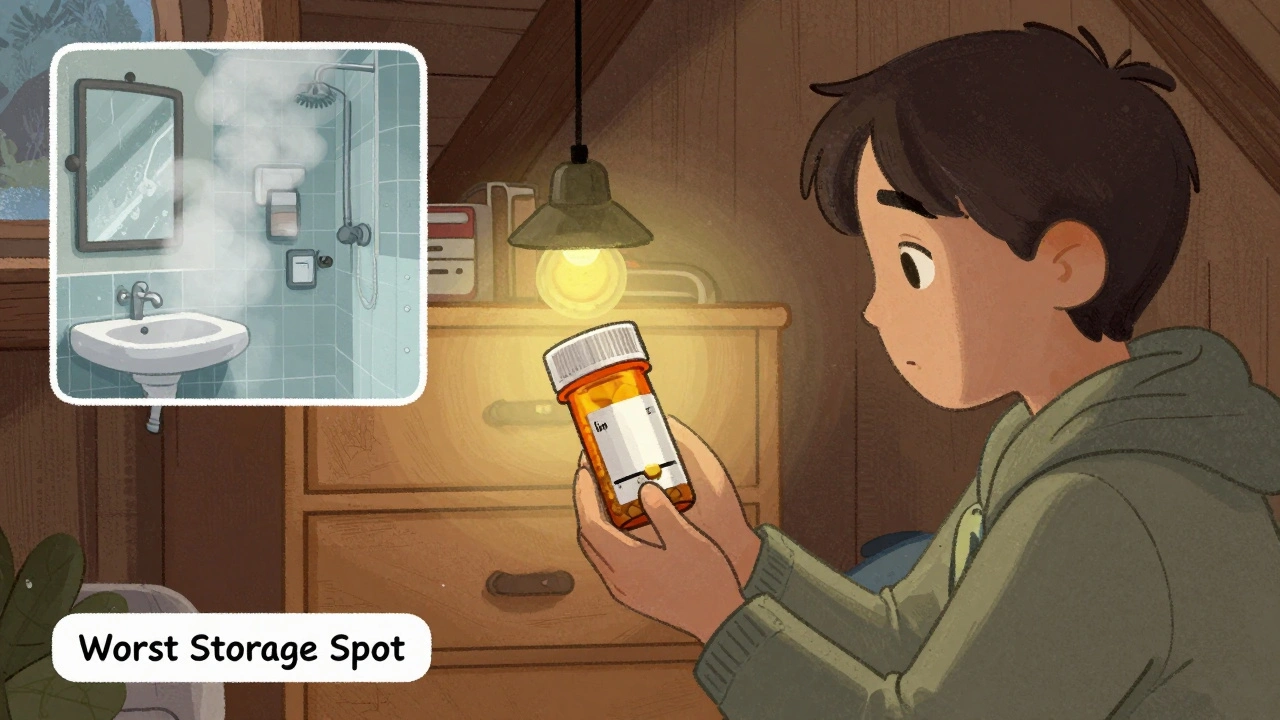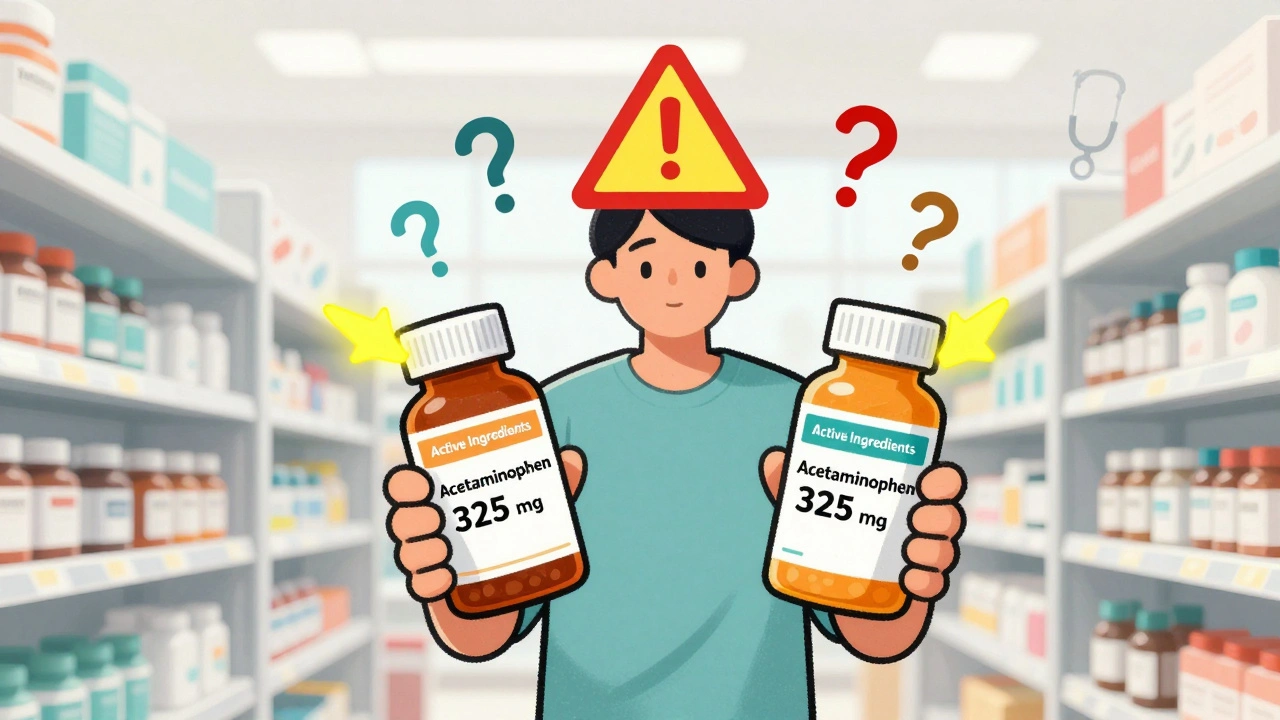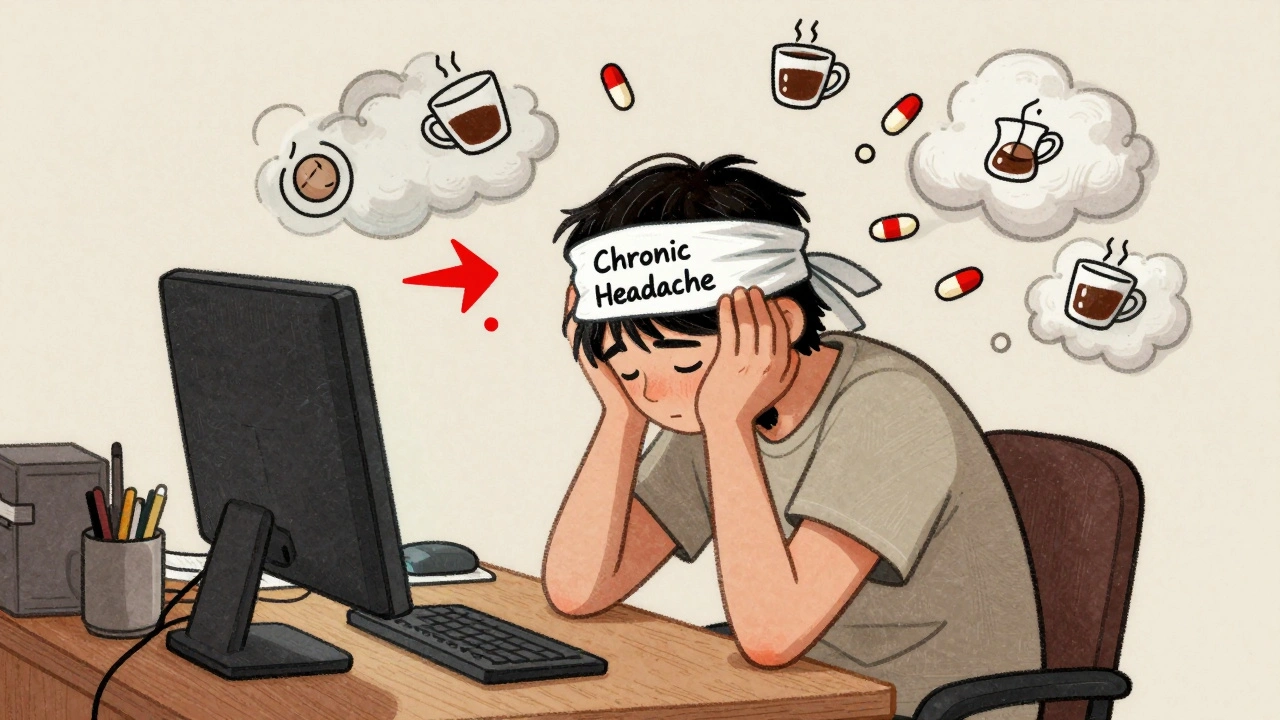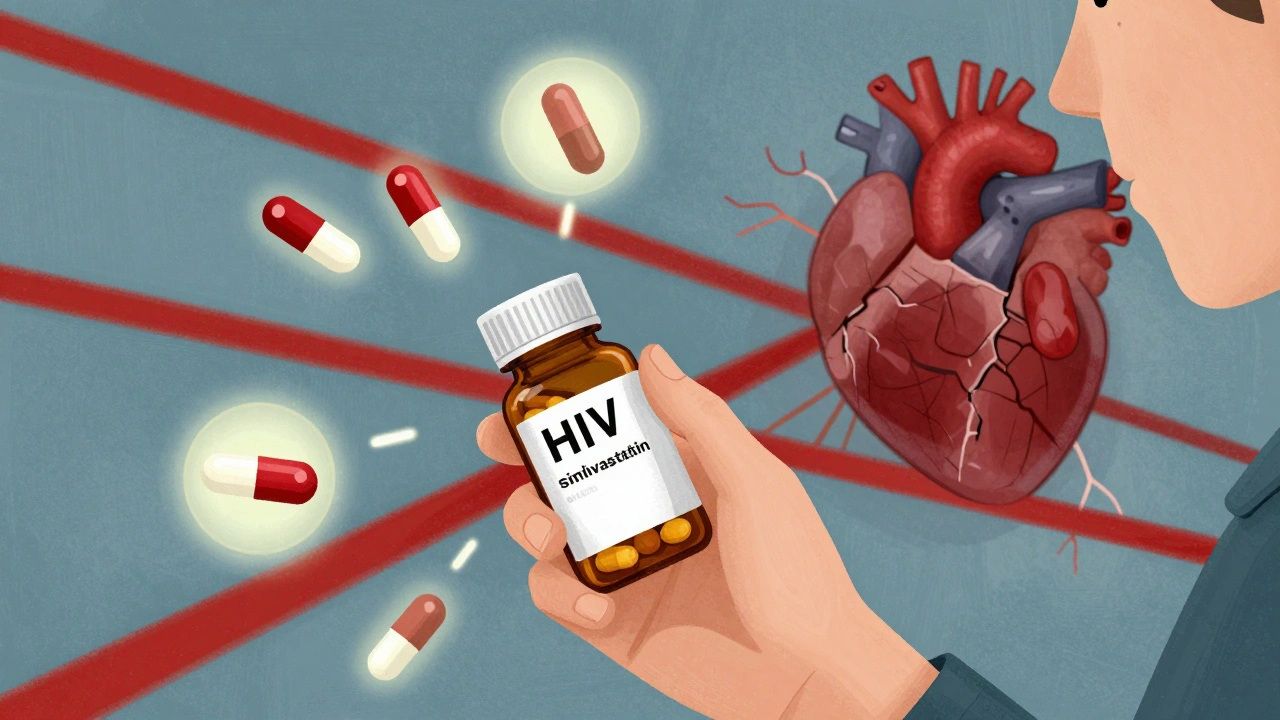Emergency Response in Pharmacy: What You Need to Know
When someone has a bad reaction to a medicine, emergency response, the immediate actions taken to prevent harm or death after a medication incident. Also known as drug emergency protocol, it’s not just for hospitals—it’s for homes, schools, and workplaces where pills are stored and used daily. A child misuses an inhaler. An older adult mixes blood thinners with a new supplement. Someone takes too much of a benzodiazepine by accident. These aren’t rare. They happen more often than you think, and the difference between life and death often comes down to what happens in the first five minutes.
Effective emergency response starts with recognizing the signs: confusion, trouble breathing, blue lips, extreme drowsiness, or sudden collapse. But knowing the signs isn’t enough. You need to know what to do next. That means having the right number saved—poison control, a 24/7 service that gives expert advice on toxic exposures and medication overdoses. In the U.S., it’s 1-800-222-1222. In the UK, it’s 111. Don’t wait for symptoms to get worse. Call immediately. And if you’re helping someone, don’t try to make them vomit unless a professional tells you to. That can make things worse.
Another big part of emergency response is understanding drug interactions, when two or more medications react in a harmful way inside the body. Estrogen and warfarin? That combo can cause dangerous bleeding. Pomegranate juice and certain heart meds? Turns out, it’s usually fine—unlike grapefruit juice, which is a known troublemaker. These aren’t theoretical risks. They show up in real cases, and they’re why pharmacists ask you about every pill, every herb, every supplement you take. If you’re on multiple medications, keep a list. Bring it to every appointment. And if you’re ever unsure, stop and ask before taking anything new.
Overdose treatment isn’t one-size-fits-all. For opioid overdoses, naloxone can reverse the effect in minutes. For benzodiazepines, there’s flumazenil—but it’s not always used because it can trigger seizures. For asthma attacks, a spacer and rescue inhaler can be lifesaving if used right. These aren’t magic bullets. They’re tools, and they only work if you know how and when to use them. That’s why schools, caregivers, and even friends should know where the emergency meds are kept—and how to use them. A child with asthma shouldn’t need to explain how to use their spacer during a flare-up. Their teacher should know. Their coach should know. Their parent should know.
And don’t forget the quiet emergencies—the ones that don’t make headlines. Someone taking too many painkillers because they’re in constant discomfort. An elderly person skipping doses because they can’t read the labels. A person on gender-affirming hormones who doesn’t know their meds interact with their HIV treatment. These aren’t accidents. They’re system failures. And fixing them starts with awareness. With better labeling. With clearer communication. With more people trained to spot the warning signs before it’s too late.
What you’ll find below are real stories and practical guides from people who’ve been there—parents managing asthma emergencies, pharmacists explaining what to do after a bad reaction, patients who learned the hard way how drug interactions can sneak up on you. No fluff. No theory. Just what works when the clock is ticking.

Anaphylaxis from Medication: Emergency Response Steps You Must Know
Anaphylaxis from medication is a life-threatening emergency that requires immediate action. Learn the critical steps: lay flat, give epinephrine right away, call emergency services, and never wait for a rash. This is how to save a life.

